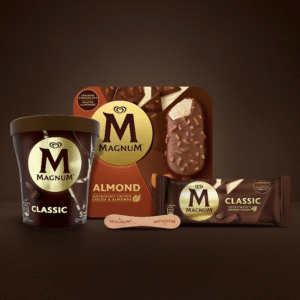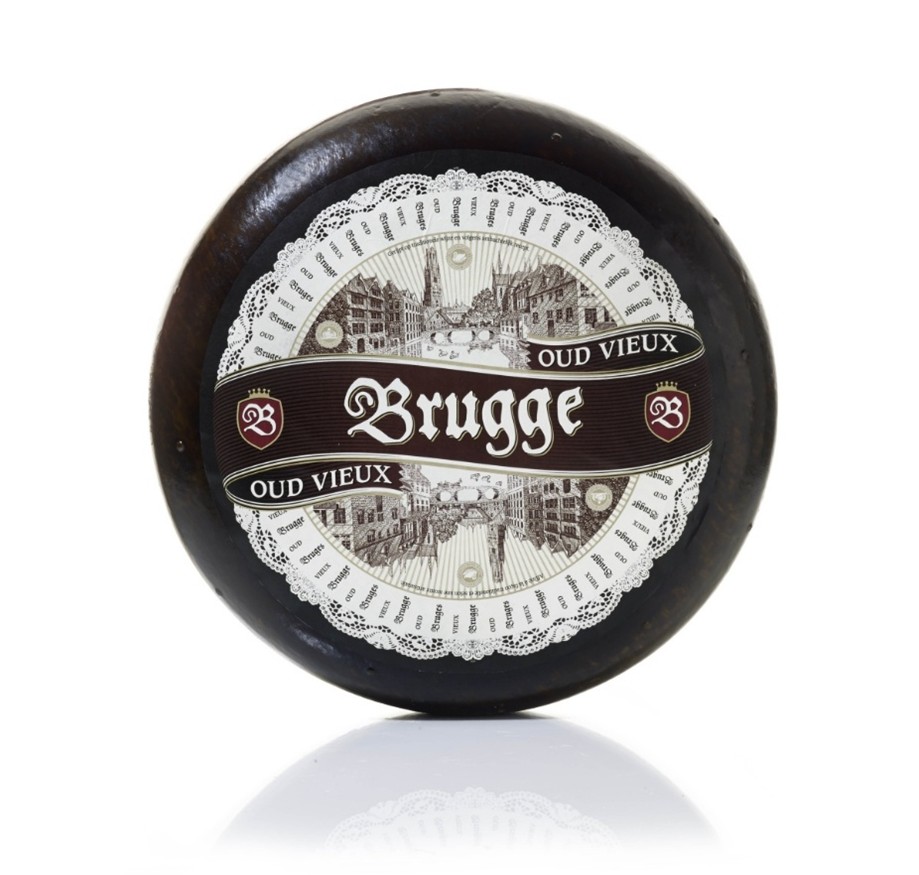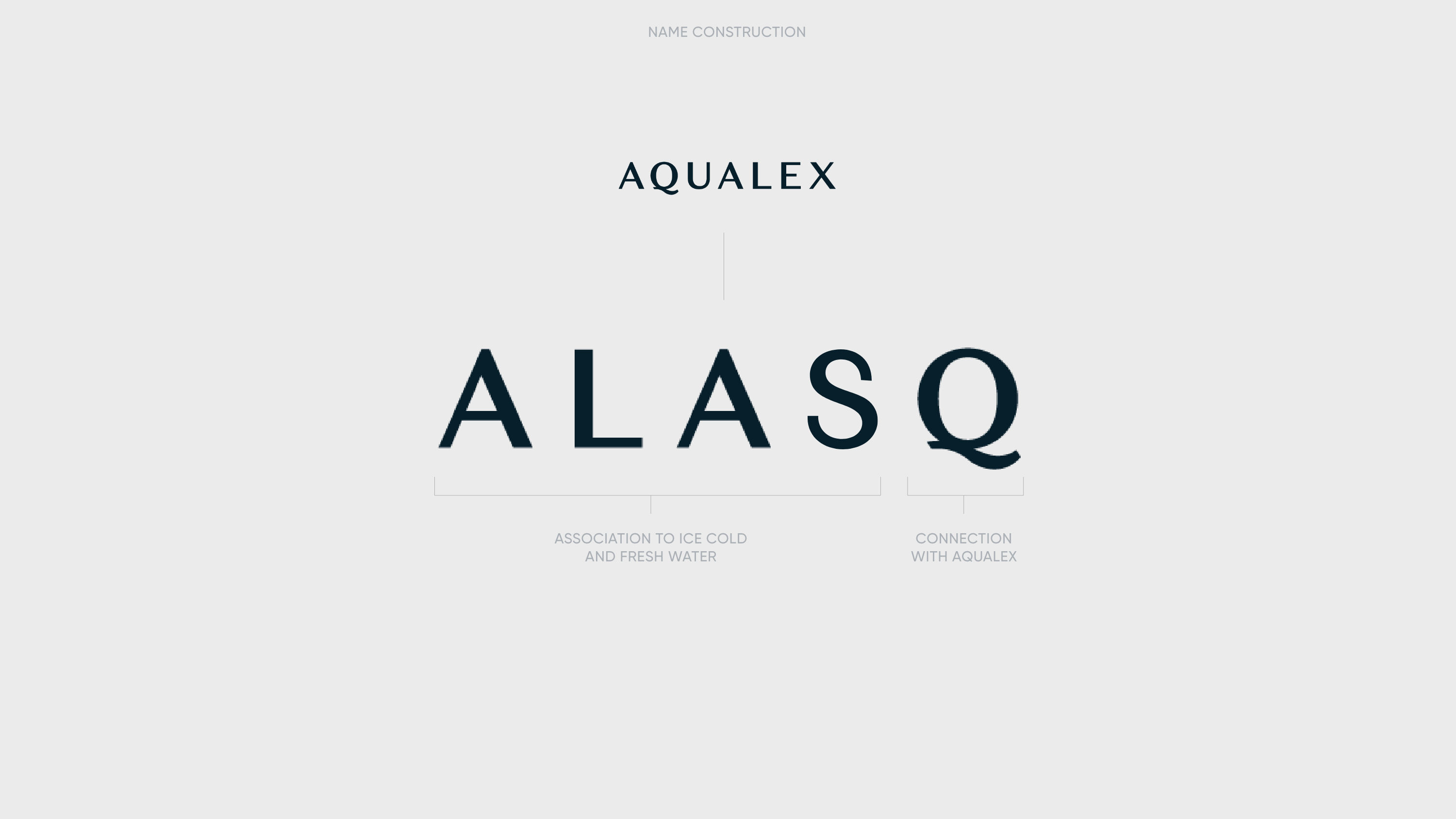Insights
Endorsement: how visible should the main brand be?

Not every brand needs to be in the spotlight. Sometimes, the art lies in keeping the parent brand subtly in the background. The right degree of endorsement – the visible or perceived support of a parent brand for a sub-brand or product line – is often a strategic choice. But when do you opt for a subtle reference to the parent brand, and when does it make sense to offer more explicit support?
A sub-brand can receive varying levels of endorsement, from a clear sender such as Apple Watch, to a more independent brand like Magnum, where parent company Unilever is barely visible.

‘Keep endorsement light or avoid it entirely when the parent brand operates under a different market logic than the sub-brand.’
Thierry Cattoir
|Founder & Branding Architect, Remarkable Europe


